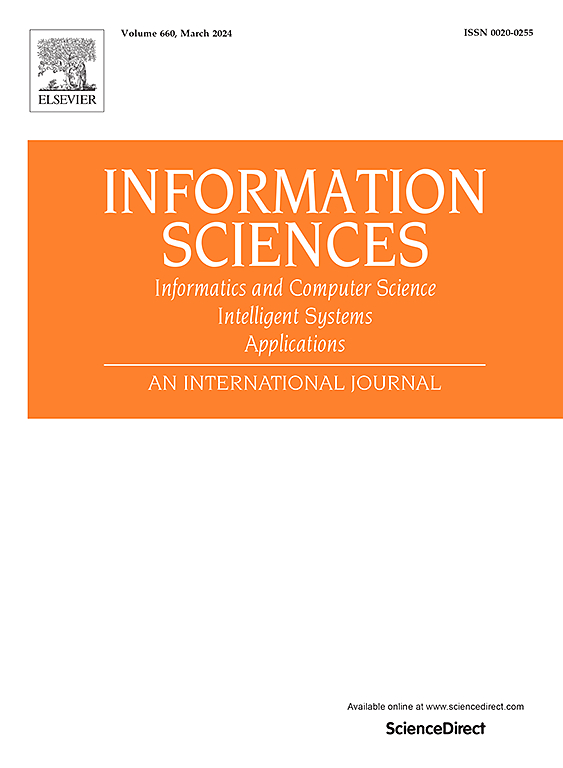A novel virtual sample generation method based on dual correlation generative adversarial nets for soft sensing application
IF 8.1
1区 计算机科学
0 COMPUTER SCIENCE, INFORMATION SYSTEMS
引用次数: 0
Abstract
In industrial production processes, due to the limitation of the environment and economy, the soft sensor models faced the challenge of poor prediction effect caused by the small sample. To solve the above challenges, this paper puts forward a novel virtual sample generation method based on dual correlation generative adversarial nets (DCRGAN-VSG). In DCRGAN, Wasserstein GAN (WGAN) is used to generate the process variables, the improved Conditional GAN (CGAN) is used to generate the quality variables, and the mean square error is added to the value function of CGAN to improve the mapping relationship between the process variables and quality variables. In addition, the Pielou index is used to select process variables that can fill the sparse region from the generated samples. Finally, training soft sensors using the dataset containing virtual samples. The benchmark function and industrial case called the purified terephthalic acid (PTA) data are used to verify the virtual sample generation performance of the DCRGAN-VSG. Simulation results show that DCRGAN-VSG improves the accuracy of soft sensing models by approximately 70% in benchmark experiments and by nearly 40% in industrial case studies.
基于对偶相关生成对抗网络的虚拟样本生成方法在软测量中的应用
在工业生产过程中,由于环境和经济的限制,软测量模型面临着小样本预测效果差的挑战。为了解决上述问题,本文提出了一种基于对偶相关生成对抗网络的虚拟样本生成方法(DCRGAN-VSG)。在DCRGAN中,使用Wasserstein GAN (WGAN)生成过程变量,使用改进的条件GAN (CGAN)生成质量变量,并在CGAN的值函数中加入均方误差,以改善过程变量与质量变量之间的映射关系。此外,使用Pielou指数从生成的样本中选择能够填充稀疏区域的过程变量。最后,使用包含虚拟样本的数据集训练软传感器。利用基准函数和工业实例纯化对苯二甲酸(PTA)数据验证了DCRGAN-VSG的虚拟样本生成性能。仿真结果表明,DCRGAN-VSG在基准实验中将软测量模型的精度提高了约70%,在工业案例研究中提高了近40%。
本文章由计算机程序翻译,如有差异,请以英文原文为准。
求助全文
约1分钟内获得全文
求助全文
来源期刊

Information Sciences
工程技术-计算机:信息系统
CiteScore
14.00
自引率
17.30%
发文量
1322
审稿时长
10.4 months
期刊介绍:
Informatics and Computer Science Intelligent Systems Applications is an esteemed international journal that focuses on publishing original and creative research findings in the field of information sciences. We also feature a limited number of timely tutorial and surveying contributions.
Our journal aims to cater to a diverse audience, including researchers, developers, managers, strategic planners, graduate students, and anyone interested in staying up-to-date with cutting-edge research in information science, knowledge engineering, and intelligent systems. While readers are expected to share a common interest in information science, they come from varying backgrounds such as engineering, mathematics, statistics, physics, computer science, cell biology, molecular biology, management science, cognitive science, neurobiology, behavioral sciences, and biochemistry.
 求助内容:
求助内容: 应助结果提醒方式:
应助结果提醒方式:


